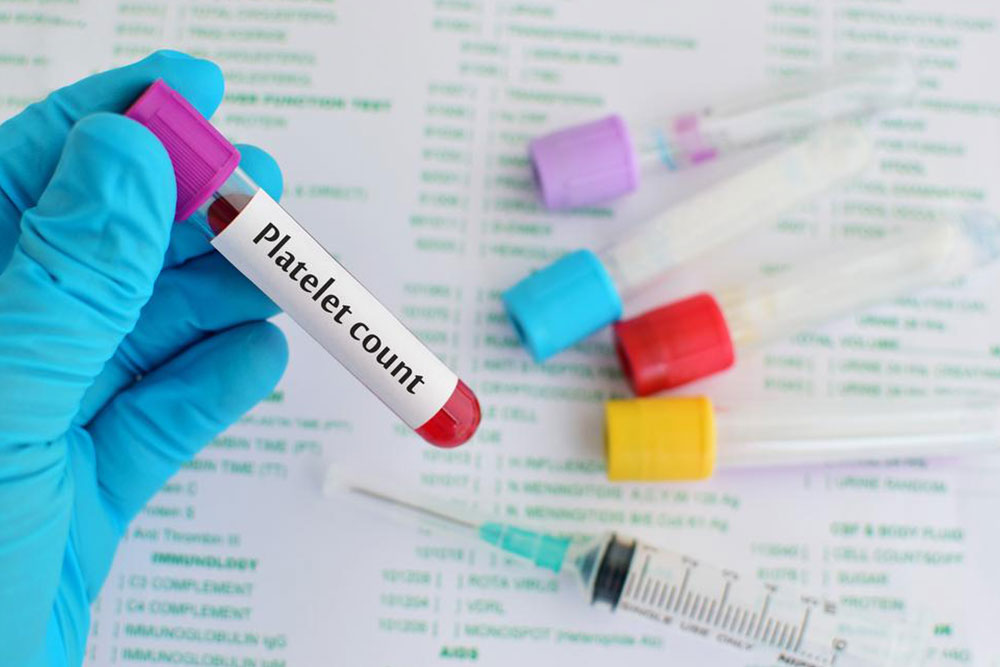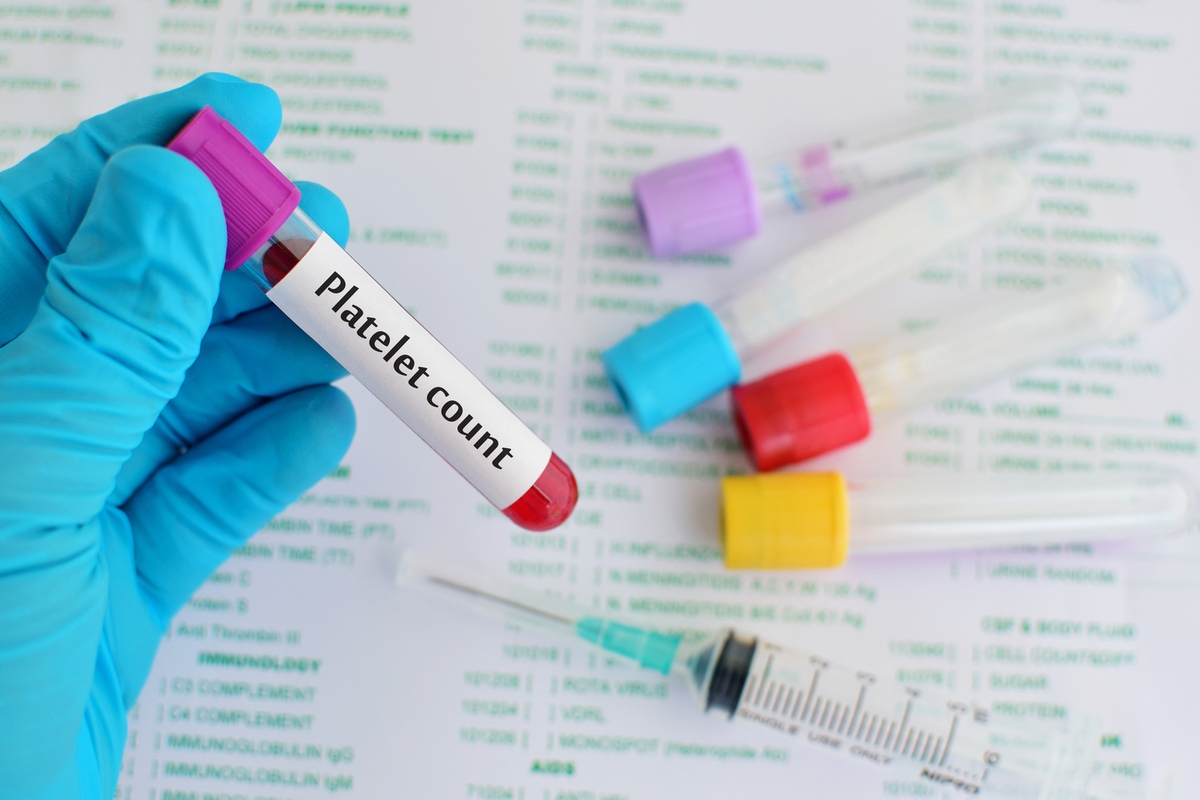Comprehensive Guide to Recognizing and Managing Low Platelet Counts (Thrombocytopenia)
This comprehensive article explores thrombocytopenia, a condition marked by low platelet counts, detailing its causes, symptoms, diagnostic procedures, and treatment options. Emphasizing the importance of early recognition and personalized management strategies, it serves as a vital guide for patients and healthcare providers seeking effective ways to control and treat this blood disorder. Whether caused by autoimmune diseases, bone marrow issues, or medication effects, understanding thrombocytopenia is key to preventing serious complications and improving patient outcomes.

Understanding and Effectively Managing Low Platelet Levels: A Complete Guide
Thrombocytopenia, commonly known as a low platelet count, is a medical condition where the number of platelets in the bloodstream drops below the normal range. Platelets, the tiny cell fragments in blood, play a crucial role in hemostasis — the process that stops bleeding by forming blood clots at sites of vascular injury. Maintaining an adequate platelet count is vital for preventing excessive bleeding, bruising, and potentially life-threatening hemorrhages. This article aims to provide a comprehensive overview of thrombocytopenia, including its causes, symptoms, diagnostic procedures, and the myriad treatment options available to manage this condition effectively.
What is Thrombocytopenia?
Thrombocytopenia is a condition characterized by a reduction in platelet counts below 150,000 per microliter of blood, though normal levels generally range from 150,000 to 450,000. When platelet levels fall beneath this threshold, the body’s ability to form effective blood clots diminishes, increasing the risk of bleeding events. The causes of thrombocytopenia are diverse, spanning autoimmune diseases, bone marrow disorders, certain infections, genetic conditions, and side effects of specific medications or treatments like chemotherapy and radiation therapy.
Understanding how thrombocytopenia develops is essential to managing it effectively. In most cases, the disease is classified into three primary categories based on its underlying mechanism:
Destructive: When the body’s immune system mistakenly attacks and destroys platelets, often due to autoimmune conditions like immune thrombocytopenic purpura (ITP).
Spleenic sequestration: When the spleen enlarges and traps more platelets than usual, reducing circulating platelet levels.
Decreased production: When the bone marrow fails to produce sufficient platelets, often caused by diseases like leukemia or aplastic anemia.
Platelets collaborate with red blood cells and plasma components to form blood clots at the sites of vascular injury, thereby preventing excessive bleeding. Since these cells are produced in the bone marrow, any disruption in their production or increased destruction can significantly impair clot formation. When platelet levels are insufficient, even minor injuries can result in prolonged bleeding or bruising. The diagnosis process involves a thorough physical examination complemented by laboratory tests such as the Complete Blood Count (CBC), which measures platelet levels, and coagulation tests like prothrombin time (PT) to assess blood clotting efficiency.
Identifying the underlying cause of thrombocytopenia is crucial for designing an appropriate treatment plan. The severity of symptoms and the cause influence whether treatment is necessary or if watchful waiting is sufficient. Cases with mild or no symptoms might not require immediate intervention, but persistent or severe cases demand active management to prevent complications.
Common diagnostic approaches include:
Physical activity and medical history assessment
Blood tests — CBC, peripheral blood smear
Bone marrow biopsy, in some cases
Imaging studies, such as ultrasound to check spleen size
Treatment strategies depend heavily on the severity of thrombocytopenia and its cause. For mild cases without symptoms, healthcare providers may recommend observation and preventive measures. However, for more severe or symptomatic cases, several intervention options are available:
Blood or platelet transfusions to restore platelet counts during active bleeding or before surgeries
Medications such as corticosteroids aim to suppress immune activity in autoimmune thrombocytopenia
Immune suppressants or immunoglobulins may be used to modulate immune responses
Splenectomy, or removal of the spleen, may be indicated if the spleen is sequestering platelets excessively
Addressing underlying conditions, such as treating infections or discontinuing causative drugs
Beyond medical treatments, lifestyle adjustments are vital for managing thrombocytopenia. Patients are advised to avoid activities that could increase bleeding risk, such as contact sports or using sharp objects. Maintaining good hygiene and prompt treatment of infections can also help prevent secondary complications. Regular monitoring by healthcare professionals is essential for tracking platelet counts and adjusting treatment plans as needed.
In conclusion, thrombocytopenia is a complex condition that requires a nuanced approach to diagnosis and management. Early recognition of symptoms and a thorough understanding of the underlying causes are essential steps toward effective treatment. With advancements in medical therapies and careful patient monitoring, many individuals with low platelet counts can effectively manage their condition and prevent serious bleeding complications. Ensuring proper care and lifestyle adjustments can dramatically improve quality of life for those affected by thrombocytopenia.





